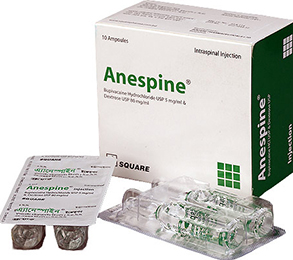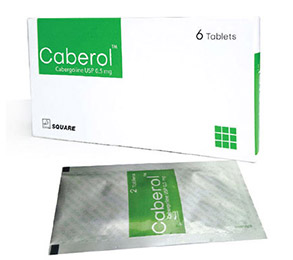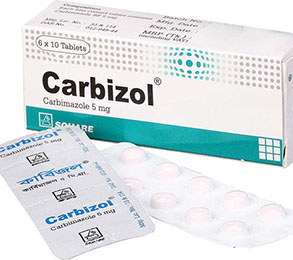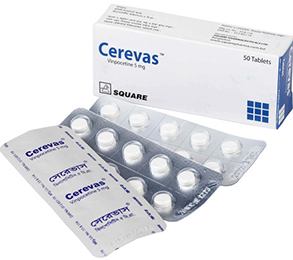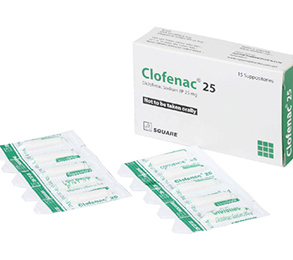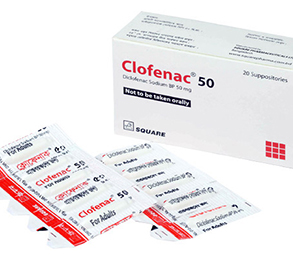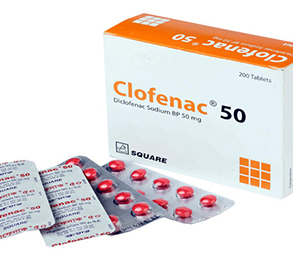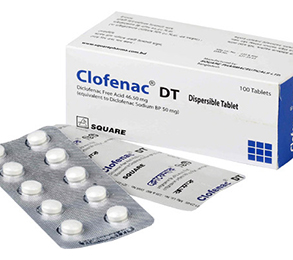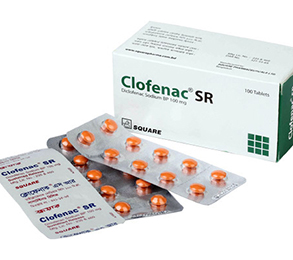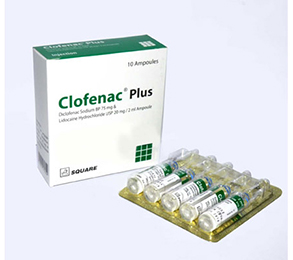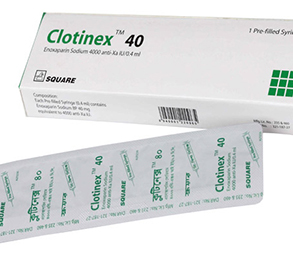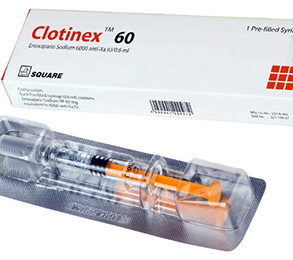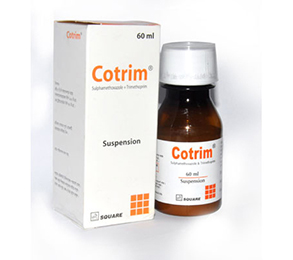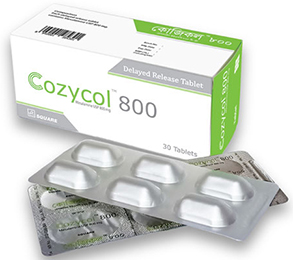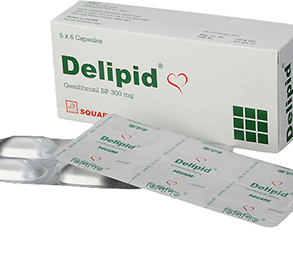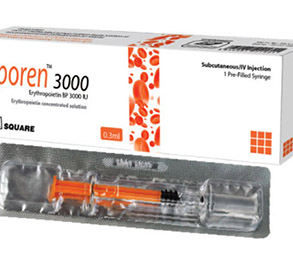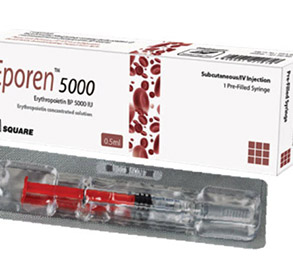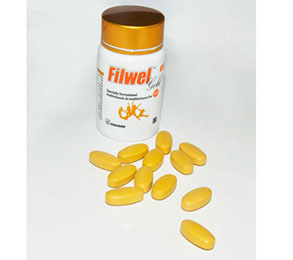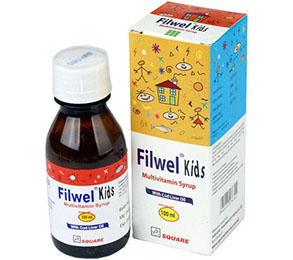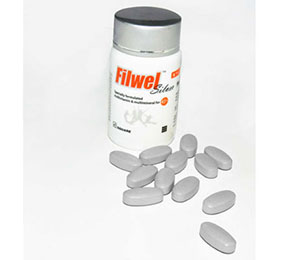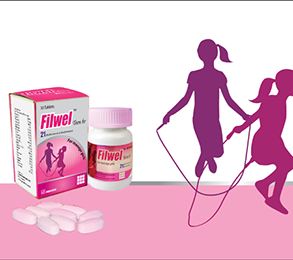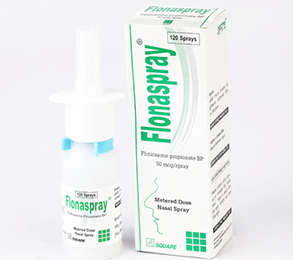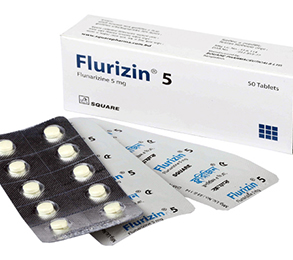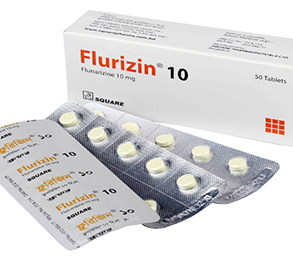Olapar Tablet 150 mg 1 Pcs
Alternative products
Olaparib
Indications
Breast Cancer: Olaparib is indicated as monotherapy for the treatment of adult patients with deleterious or suspected deleterious germline BRCA-mutated (gBRCAm), human epidermal growth factor receptor 2 (HER2)-negative metastatic breast cancer who have previously been treated with chemotherapy in the neoadjuvant, adjuvant or metastatic setting. Patients with hormone receptor (HR)-positive breast cancer should have progressed on or be considered inappropriate for endocrine therapy. Germline BRCA mutation must be confirmed before Olaparib treatment is initiated.
Ovarian Cancer: Olaparib is indicated as monotherapy for the maintenance treatment of adult patients with platinum sensitive relapsed (PSR) high-grade epithelial ovarian, fallopian tube or primary peritoneal cancer who are in response (complete response or partial response) to platinumbased chemotherapy.
Pharmacology
Olaparib is an inhibitor of poly (ADP-ribose) polymerase (PARP) enzymes, including PARP1, PARP2, and PARP3. PARP enzymes are involved in normal cellular homeostasis, such as DNA transcription, cell cycle regulation, and DNA repair. Olaparib has been shown to inhibit growth of select tumor cell lines in vitro and decrease tumor growth in mouse xenograft models of human cancer both as monotherapy or following platinum-based chemotherapy. Increased cytotoxicity and anti-tumor activity following treatment with olaparib were noted in cell lines and mouse tumor models with deficiencies in BRCA. In vitro studies have shown that olaparib-induced cytotoxicity may involve inhibition of PARP enzymatic activity and increased formation of PARP-DNA complex, resulting in disruption of cellular homeostasis and cell death.
Dosage & Administration
There is a risk of medication errors between Olaparib tablets and Olaparib capsules. In order to minimize this risk, check the bottle labels to ensure that the drug being prepared and dispensed is Olaparib tablets and not Olaparib capsules. Prescribers should specify the formulation and dosage of Olaparib on each prescription.
The recommended total daily dose of Olaparib tablets is 600 mg, taken as two 150 mg tablets twice daily. The 100 mg tablet is available for dose reduction.
For treatment of ovarian cancer: Patients should start treatment with Olaparib no later than 8 weeks after completion of their final dose of the platinum-containing regimen. Patients should have recovered from prior hematologic toxicities prior to starting Olaparib therapy (hemoglobin, platelet, and neutrophil levels should be ≤ CTCAE grade 1).
It is recommended that Olaparib treatment be continued until progression of the underlying disease or unacceptable toxicity. Olaparib should not be given in combination with other anti cancer therapy. Grapefruit or other similar fruit juices that are known to inhibit CYP3A should not be consumed while taking Olaparib.
* চিকিৎসকের পরামর্শ মোতাবেক ঔষধ সেবন করুন'
Interaction
Clinical studies of olaparib in combination with other anti-cancer agents, including DNA damaging agents, indicate a potentiation and prolongation of myelosuppressive toxicity. The recommended Olaparib monotherapy dose is not suitable for combination with myelosuppressive anti-cancer agents. Olaparib is predominantly metabolised by CYP3A. Co-administered CYP3A inhibitors or inducers may respectively increase or decrease olaparib plasma concentration.
Contraindications
Olaparib is contraindicated in patients who are hypersensitive to this drug or to any ingredient in the formulation.
Side Effects
The most common serious adverse reaction reported was anemia (2.4% olaparib vs 2.2% chemotherapy). The following serious ADRs were reported in one patient each: dermatitis allergic, neutrophil count decreased and platelet count decreased. The proportion of patients who permanently discontinued Olaparib due to adverse events was 4.9% in the Olaparib arm compared with 7.7% in the chemotherapy arm. Anemia and platelet count decrease were the only adverse reactions leading to discontinuation of Olaparib in more than one patient.
Pregnancy & Lactation
Pregnancy: Olaparib can cause fetal harm when administered to a pregnant woman based on its mechanism of action and findings in animals. Olaparib wasteratogenic and caused embryo-fetal toxicity in rats at exposures below those in patients receiving the recommended human dose of 400 mg twice daily. If this drug is used during pregnancy, or if a patient becomes pregnant while taking this drug, apprise the patient of the potential hazard to the fetus and the potential risk for loss of the pregnancy.
Nursing Mothers: It is not known whether olaparib is excreted in human milk. Because many drugs are excreted in human milk and because of the potential for serious adverse reactions in nursing infants from olaparib, a decision should be made whether to discontinue nursing or to discontinue the drug, taking into account the importance of the drug to the mother.
Precautions & Warnings
Myelodysplastic Syndrome/Acute Myeloid Leukemia (MDS/AML): occurred in patients exposed to Olaparib, and the majority of reports were fatal. Monitor patients for hematological toxicity at baseline and monthly thereafter. Discontinue if MDS/AML is confirmed.
Pneumonitis: occurred in patients exposed to Olaparib, and some cases were fatal. Interrupt treatment if pneumonitis is suspected. Discontinue if pneumonitis is confirmed.
Embryo-Fetal Toxicity: Olaparib can cause fetal harm. Advise females of reproductive potential of the potential risk to a fetus and to use effective contraception
Use in Special Populations
Pediatric Use: The safety and efficacy of Olaparib has not been established in pediatric patients.
Overdose Effects
There is no specific treatment in the event of Olaparib overdose, and symptoms of overdose are not established. In the event of an overdose, physicians should follow general supportive measures and should treat symptomatically.
Therapeutic Class
Targeted Cancer Therapy
Storage Conditions
Store in a dry place below 30°C, protect from light. Keep out of the reach of children.
- Type Tablet
- Tag
- Morbi leo risus
- Porta ac consectetur ac
- Vestibulum at eros






